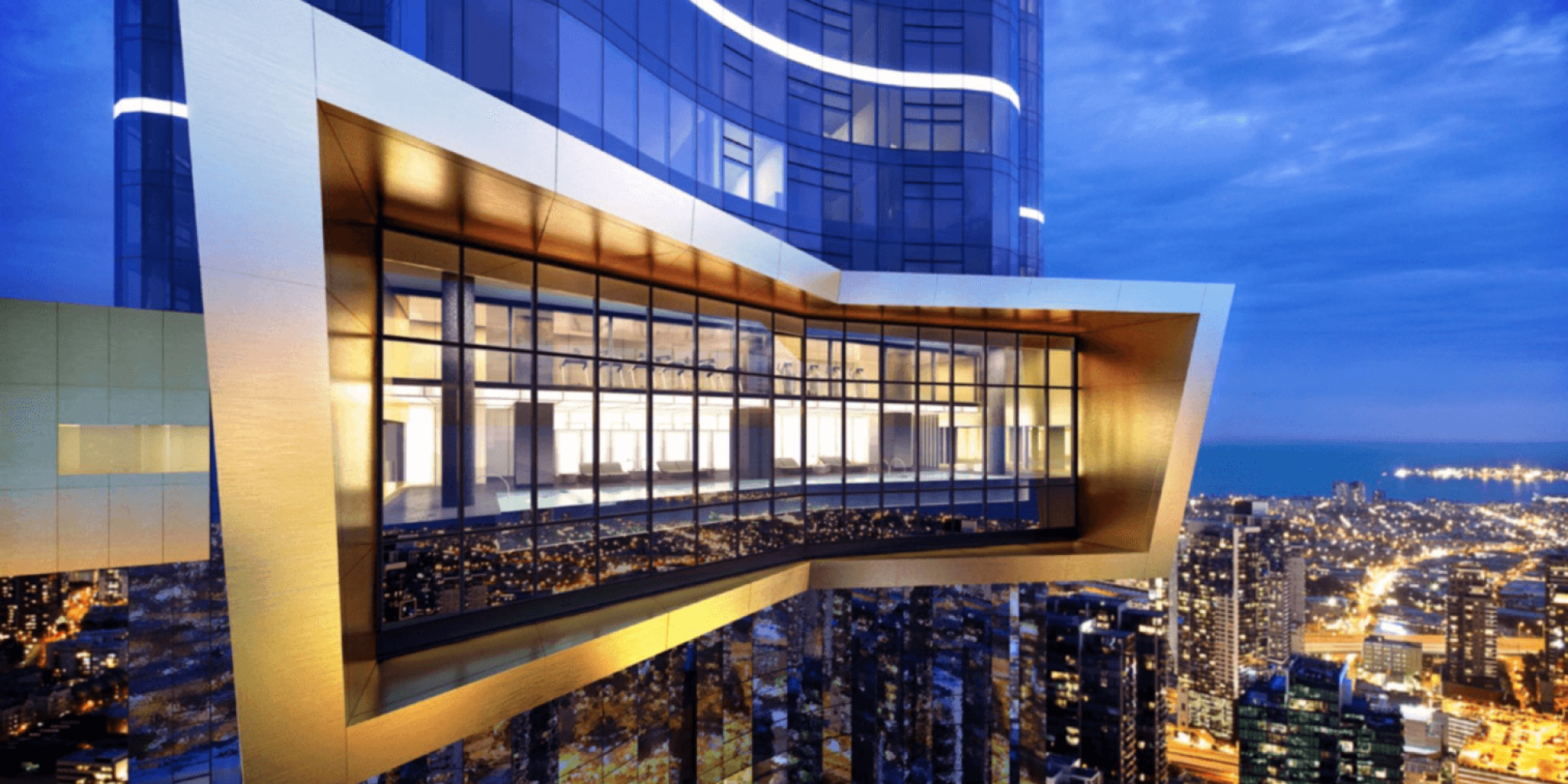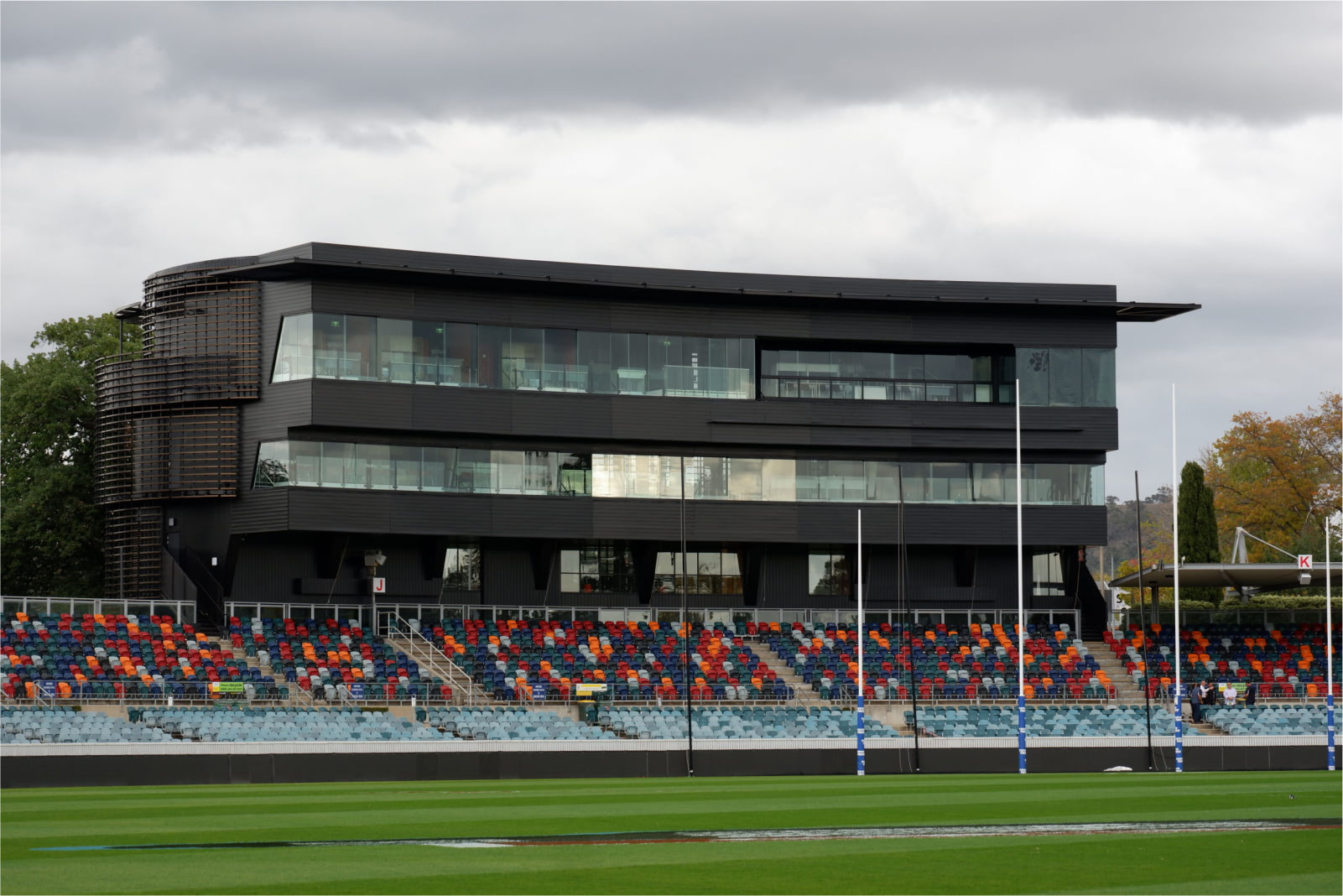
Is your ACM cladding compliant?
ACM Cladding is a material that has become more and more popular over the years due to its beautiful look, lightweight, low maintenance, and versatile nature. But like any type of building material, it can be hazardous if it is not made up of safe materials; and if it’s not fabricated and installed by qualified installers.
If you are looking to use ACM as a cladding on your building, you will not be disappointed, but you do need to be aware of the different types that are available. These have been listed below:
- First up is the signage ACM panel, and this is not to be used as a cladding on buildings. It has a polyethylene core that is flammable and can be catastrophically dangerous if a fire starts, as seen in the Greenfell Tower tragedy in England. We do not sell this type of panel at Paneltec.
- Then there is the fire retardant (FR) ACM Panel (Indurabond) that is suitable for cladding on buildings that are below 10 metres in height and further than 1 metre from the boundary. This panel has a minimum 70% non-combustible mineral filled core. The FR core contains hydroxide, a non-combustible mineral designed to release water vapour and suppress fire spread.
- Another option is the solid ACM cladding panel (Induraplate), this is a 3mm thick aluminium panel which is non-combustible and can be used on any height building. It has high impact resistance, but is prone to oil canning when large areas are covered.
- And last but not least we have the aluminium laminated panel (Induracore G2). This panel has a pressed aluminium core, which means this is compliant for use on any height building, as the core is non-combustible.

The installation process is also very important in making sure your ACM Cladding meets the building code in New Zealand. There are three different ways that ACM Cladding can be installed, and we often help select the right fixing system for the project.
ACM Cladding can not be face fixed directly to the face of a building, therefore all our systems have a cavity that can be anywhere from 35mm up to 100mm depending on the building structure and what design the architect is wanting to achieve.
ACM Cladding can be installed over a variety of sub structures including concrete, brick, masonry, timber, steel etc. It is used as a rainscreen only and therefore the sub structure needs to be watertight.
The most common substructure in New Zealand is timber framing and GIB Weatherline is used as the rigid air barrier and solitex extasana adhero is used to make it watertight for when water does get behind the ACM cladding.

Using qualified installers is a must when using ACM as a cladding, and here at Paneltec we have a network of qualified installers throughout New Zealand that will cut and shape the ACM panels to the shape that they need to be to be installed on the façade.
Once installed by a qualified installer we will supply our 15 year warranty on the finish of the panel, and the installer will also have a 5 year warranty on the installation. From here there is very little maintenance needed and depending on the location of your project a wash down once a year is usually sufficient.
We will often work from the initial concept of the building façade with the architect and help in selecting the right product and colour. We work with the builders in selecting a qualified installer and getting a building time schedule for when the product will be needed. And we work with the installer to make sure we have stock of the correct colour, size and quantities in New Zealand for when they need it.
You can view a few of our successful projects on our website:
View ProjectsOrder Free Samples
Experience and experiment with any of our products first hand in the profile, colour and finish of your choice.
Technical Documentation
View and download product manuals, CAD files, safety data sheets, warranty details, maintenance information and more.